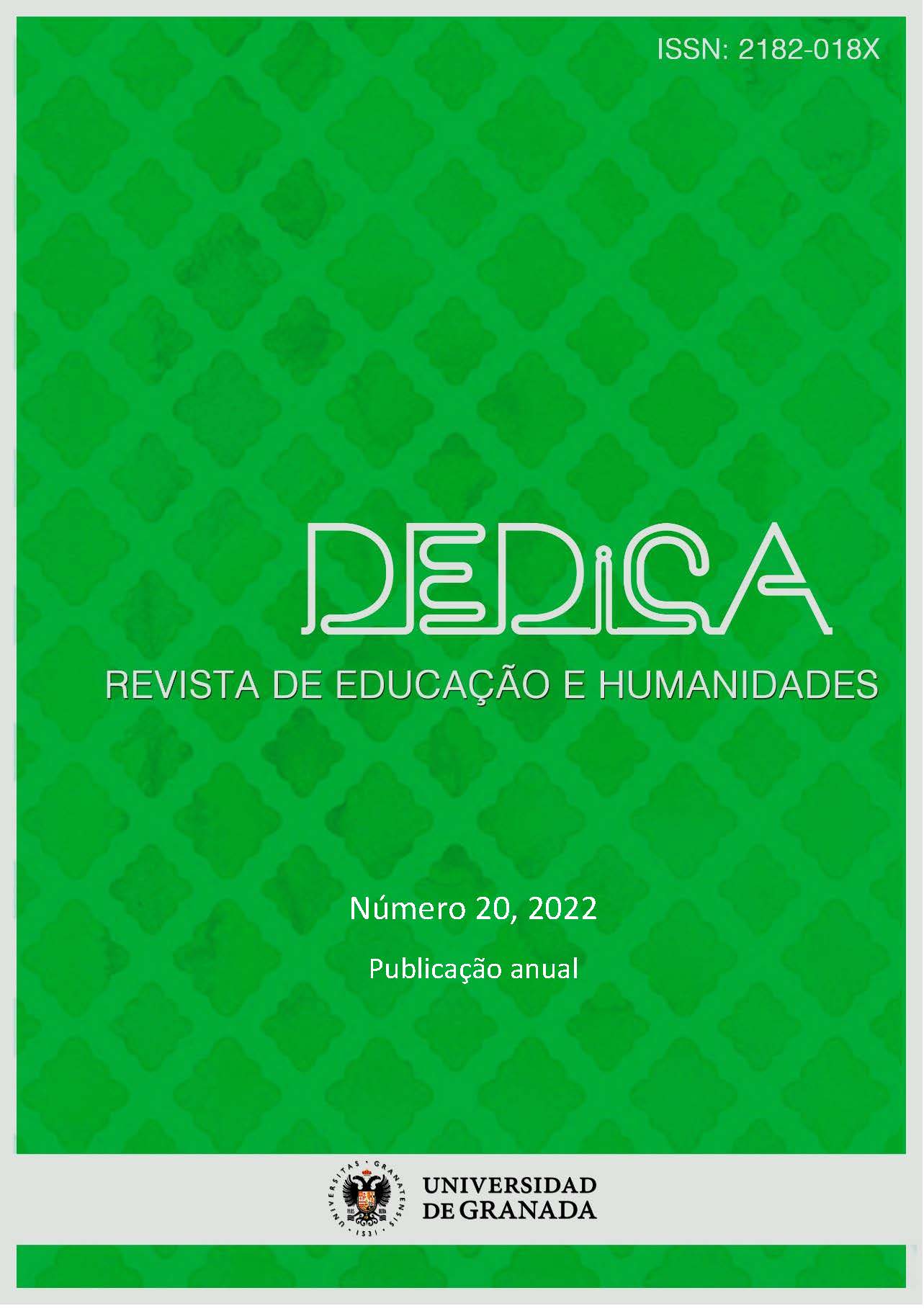The Recording Preschool Children's performances and reactions through Music Awakening Activities
DOI:
https://doi.org/10.30827/dreh.vi20.23847Palavras-chave:
music awakening; music education; music pedagogy; preschool educationResumo
Music Education, heretofore referred to as "Musical Awakening" ("MA") of pre-school aged children, isn’t intended to develop musical skills as an academic pursuit but rather hopes to facilitate the blossoming of individual personalities. The goal is to foster enhanced expression, relaxation, communication, and socialization.
To create a pedagogical model of MA, several musical activities were designed. The aim of the study is to quantify and qualify experimentally acquired data for the purpose of the implementing a pedagogical approach to MA. Musical aptitude, psychological factors, behavioral characteristics, and reactions were considered and documented.
The sample size consists of 8 children (postnatal and preschool aged) participating in a regimen of 9 educational activities distributed over 5 lessons. A limited statistical sample is presented here. Our model includes the performance of, and the reaction to, musical activities relative to 4 criteria: Behavior; Expressiveness; Vocalization (participation in song); Mobility (response to percussion instruments).
Ultimately, conclusions are drawn from the acquired data and these observations are summarized here for the purpose of creating a pedagogical model that is useful to teachers. Casual and anecdotal observations are referenced within this study but are simply stated to provide commentary.
This study is presented for the purpose of enhancing ways by which pre-school music educators can better understand and interact with their pupils.
Downloads
Referências
Agosti-Gherban, C. (2000). L’eveil musical une pedagogie evolutive. Paris (France): L’Harmattan.
Arzimanoglou-Mantzarli, L. (1996). The Origins of Dalcroze Music. Rhythms, 20, 12-16
Berger, A. A.; Cooper, S. (2003). Musical play: A case study of preschool children and parents. Journal of Research in Music Education, 51, 151-165.
Brand, M. (1986). Relationship between home musical environment and selected musical attributes of second grade children. Journal of Research in Music Education, 34(2), 111-120.
Burton, S. L.; Taggart, C.C. (2011). Learning from Young Children: Research in Early Childhood Music, MD: R&L Education.
Céleste, B.; Delalande, F.; Dumaurier, E. (1982). The sound of music. Library of Musical Research, Paris (France): Buchet-Chastel and the National Institute of Audiovisual.
Chosky, L. (1981). The Kodaly Context. New Jersey (USA): Prentice-Hall, Inc. Englewood Cliffs.
Delalande, F. (2003). Music is a game of children. Paris (France): Buchet / Chastel.
Gordon, E. E. (1997). A music learning theory for newborn and young children (rev.ed.). Chicago (USA): GIA Publications.
Houlahan, M.; Tacka P. (2008). Kodály Today: A Cognitive Approach to Elementary Music Education (1st Edition). Oxford, NY (USA): Oxford University Press.
Huizinga, J. (1989). Homo Ludens. (Translated by Rozanis, S.; Lykiardopoulos, G., edited by Kondylis, P.). Athens (Greece): Knowledge.
Imberty, M. (1979). Entendre la musique: Semantic psychology of music. Paris (France): Dunod.
Imberty, M. (1969). The acquisition of tonnage structures without the child. Paris (France): Klincksieck.
Jaell, M. (1995). The main and the musical concept. Paris (France): Nouvelle Edition.
Kyriazi, N. (1998). Sociological research - A critical overview of methods and techniques. Athens (Greece): Hellenic Scientific Publications.
Liatsou-Karadiou, P. (2003). Music pedagogy in the 20th century. The most important views for preschool age.
Athens (Greece): Orpheus S. & M. Nikolaidis.
Mateu, P. (1986). Rhythmic. Athens (Greece): Nakas.
Montessori M. (1992). The child. Paris (France): Desclée de Brouwer.
Paraskevopoulos, I. N. (1993). Scientific research methodology (vols. 1 & 2). Athens (Greece): Same.
Piaget, J.; Inhelder, B. (1991). The genesis of elementary logic structures: Classifications and serials (5th ed.). Paris (France): Delachaux et Niestlé.
Suzuki, S. (1973). Nurtured by love: The classic approach to Talent Education. Smithtown, NY (USA): Exposition Press.
Tsaftaridis, N. (1997). Music, Movement, Speech: Elementary Music in Orff Pedagogical Work. Athens (Greece): Nisos.
Winnicott, D. W. (1971). Playing and Reality. London (UK): Tavistock Publications.
Young, S. (2018). Critical New Perspectives in Early Childhood Music: Young Children Engaging and Learning Through Music (1st ed.). Oxon (UK): Routledge.
Zdzinski, S. F. (1996). Parental involvement, selected student attributes, and learning outcomes in instrumental music. Journal of Research in Music Education, 44(1), 34-48.
Zenatti, A. (1981). The child and its musical environment. Experimental study of the psychological mechanisms of musical assimilation. Issy-les-Moulineaux (France): E.A.P.












